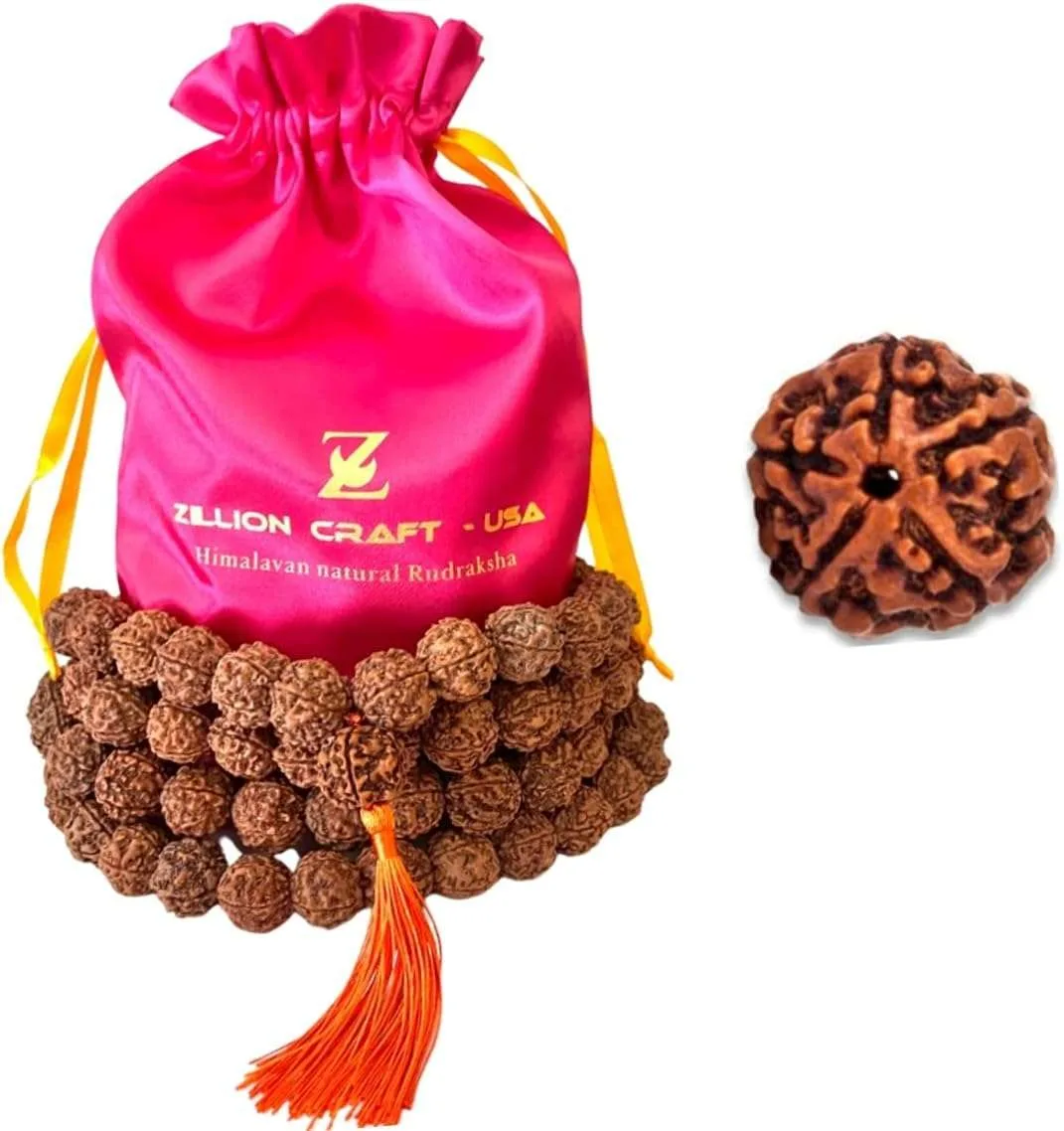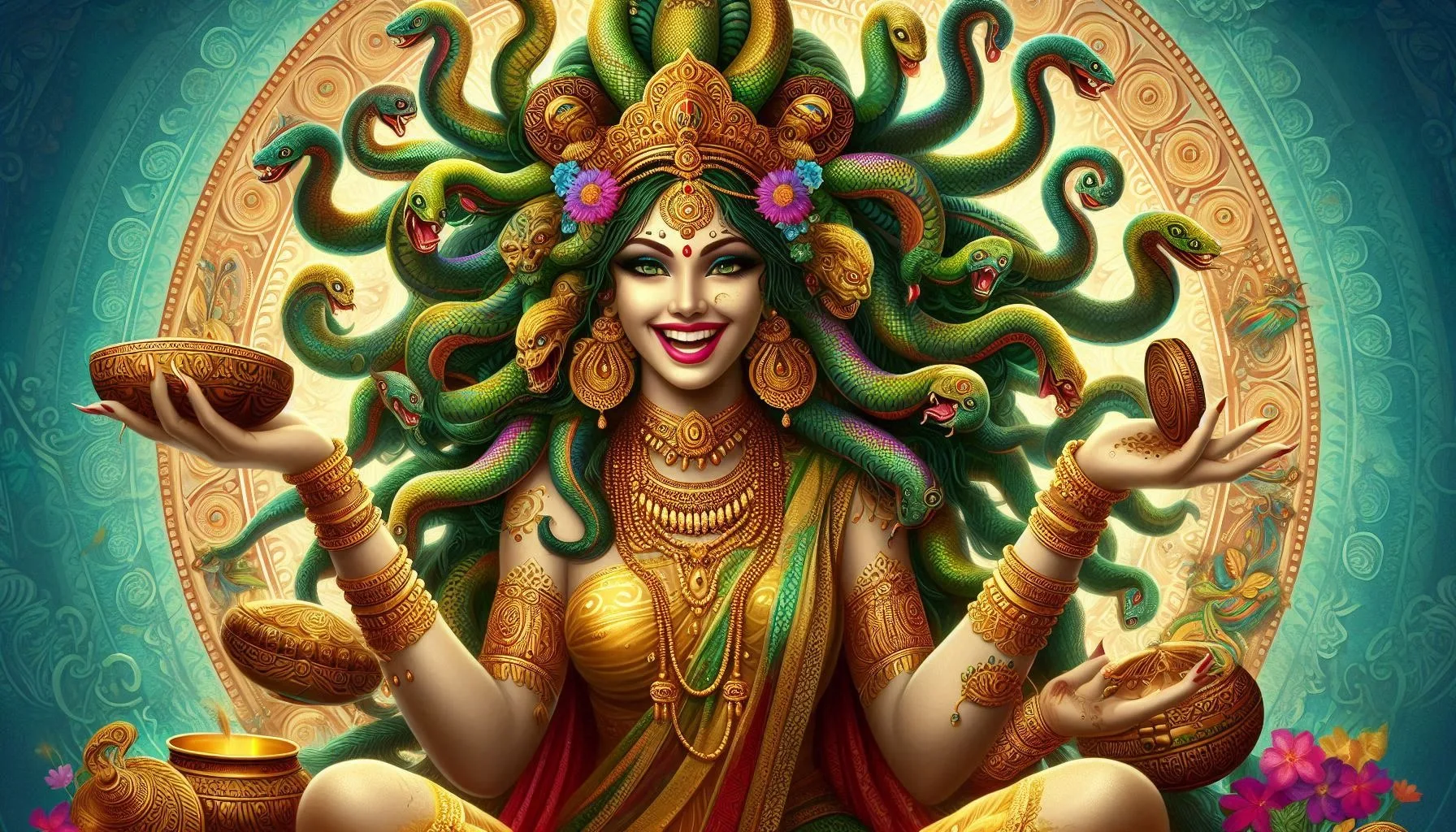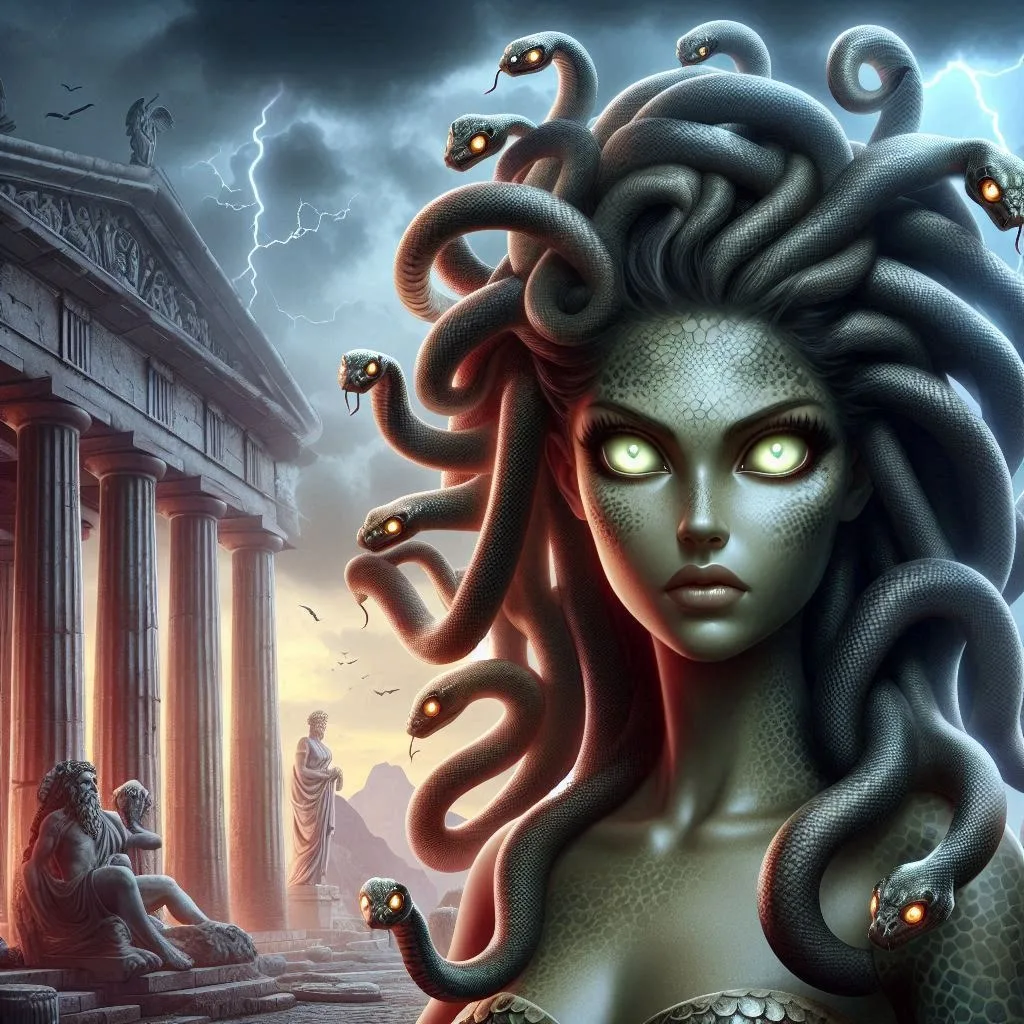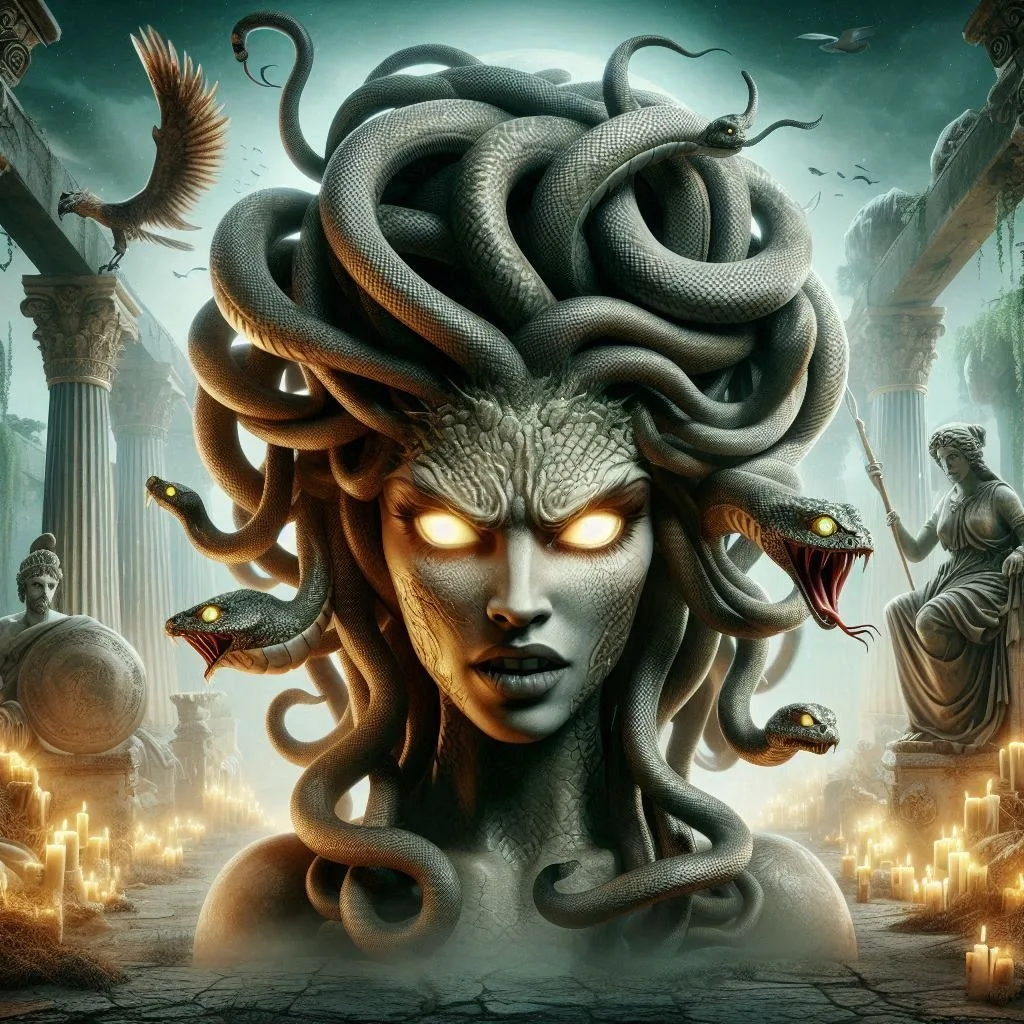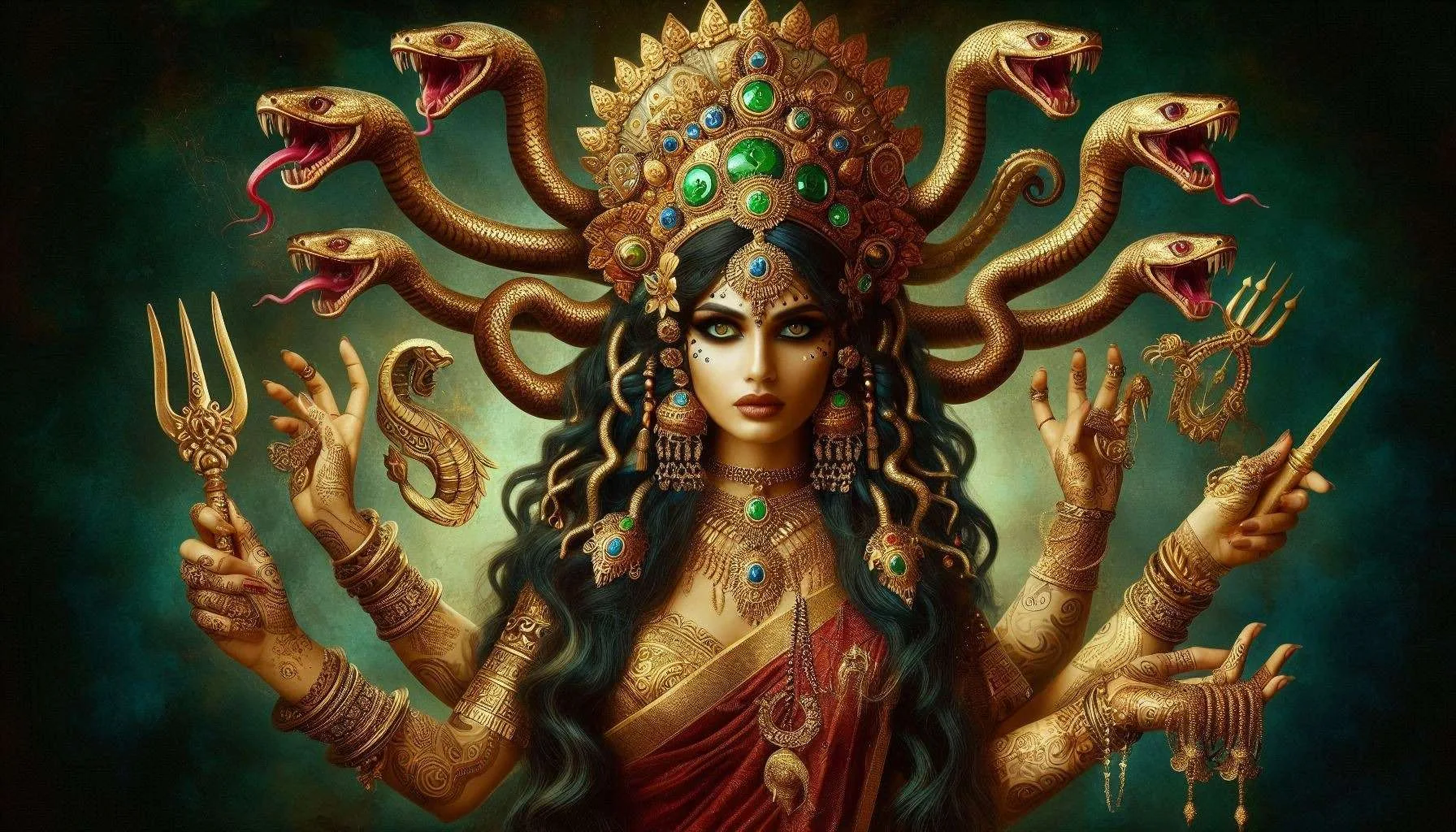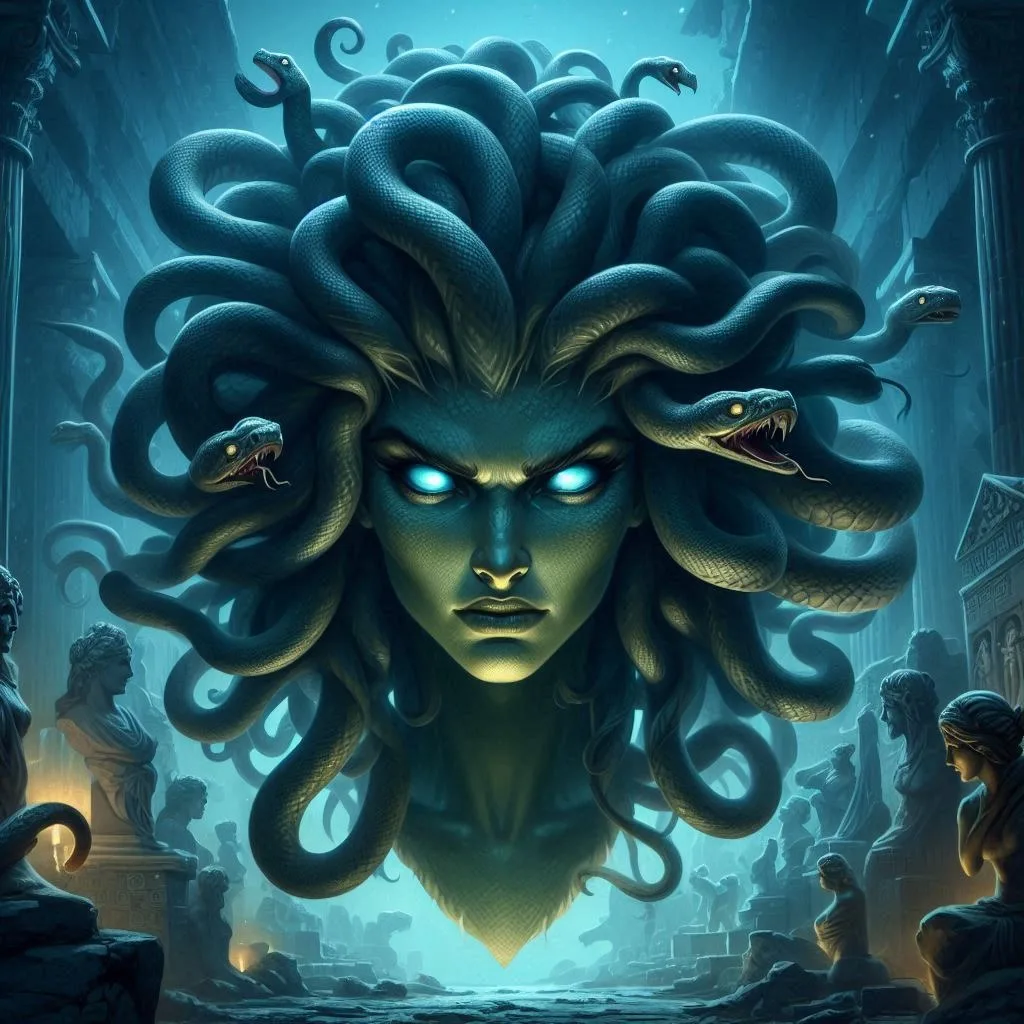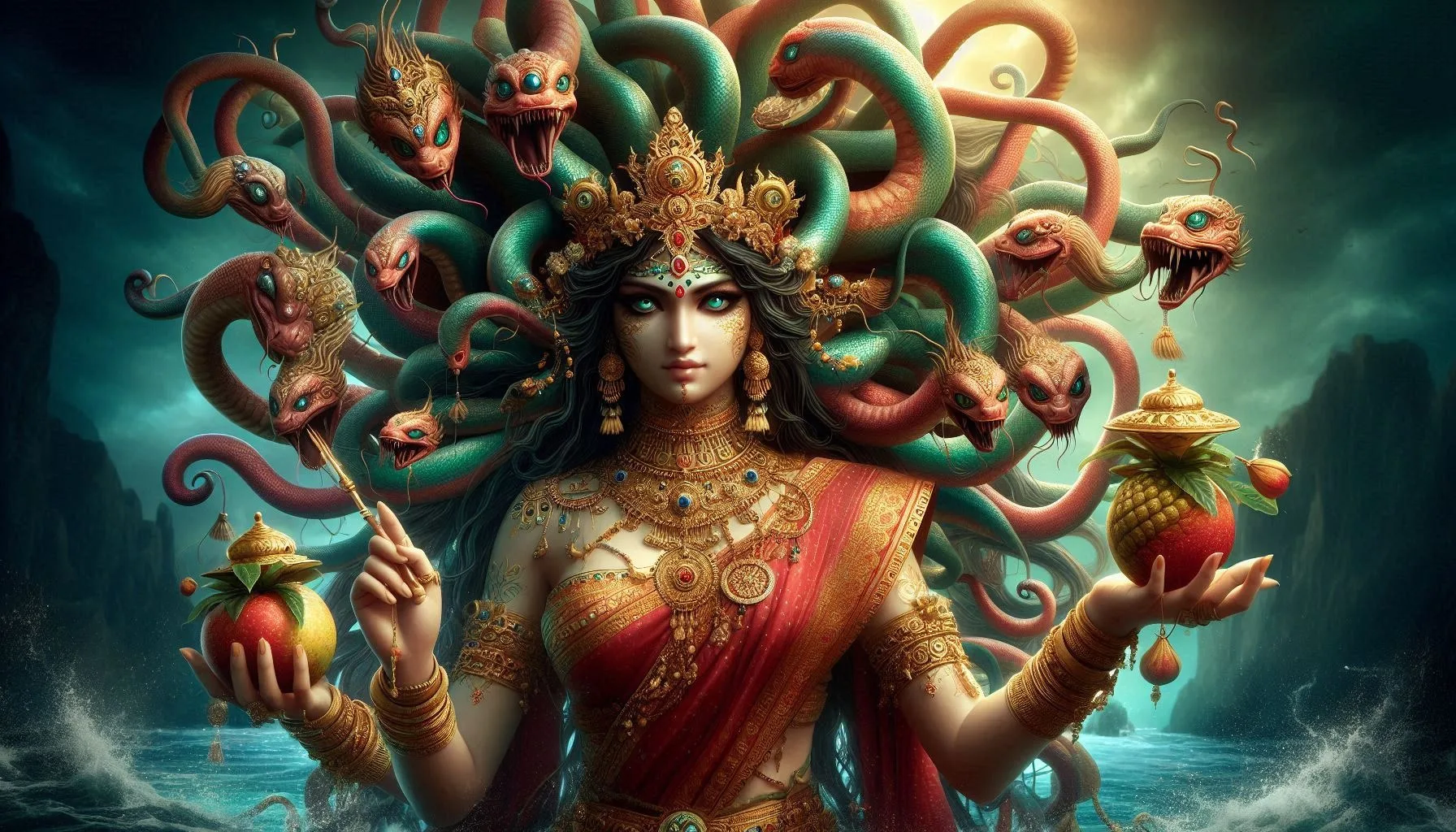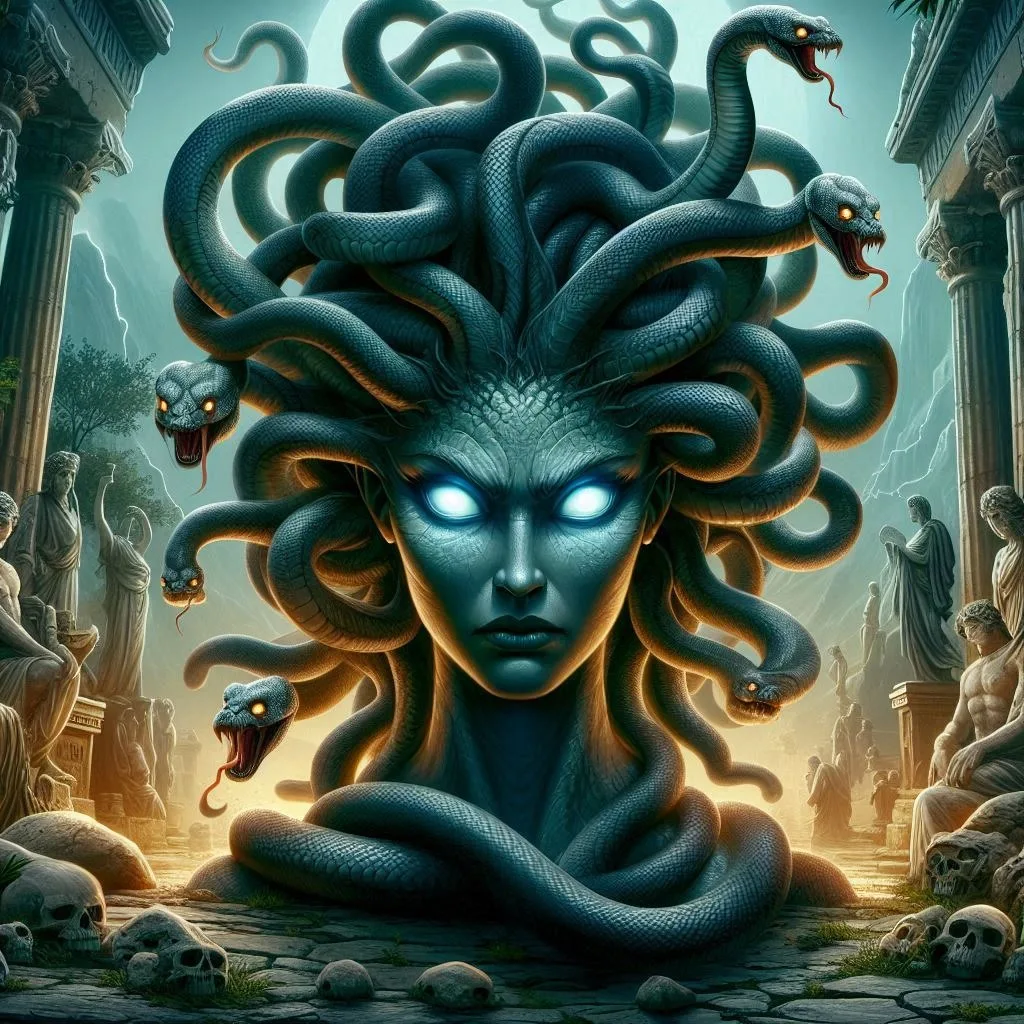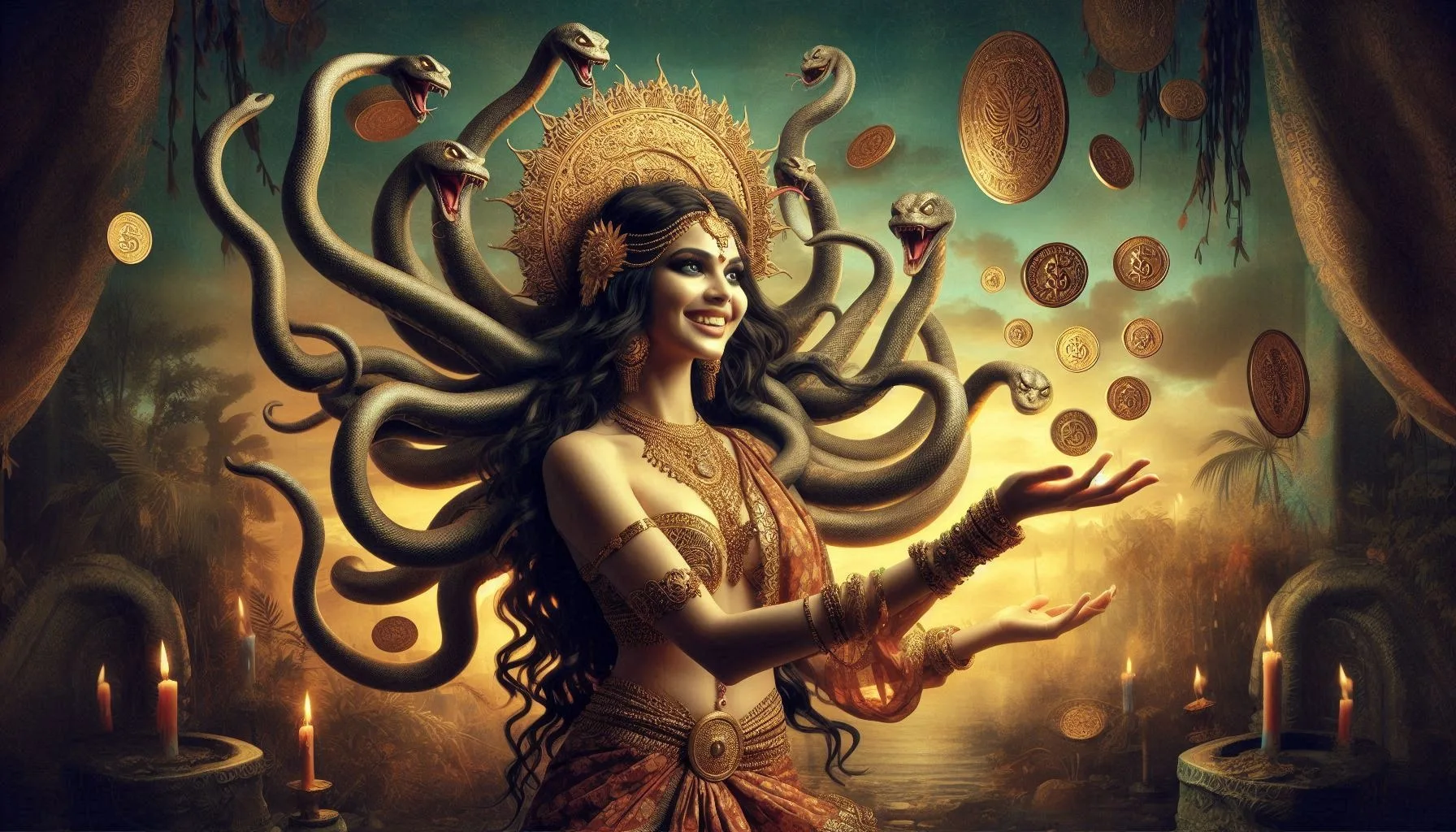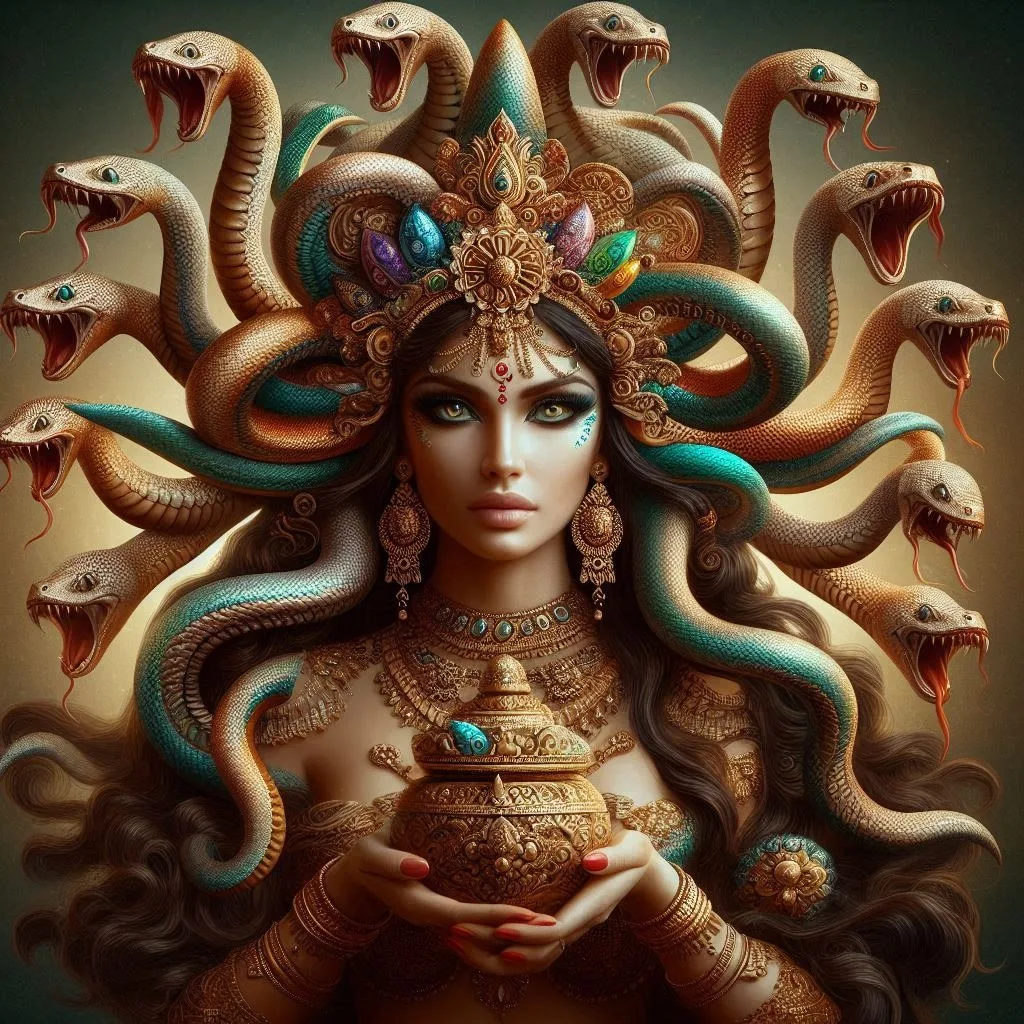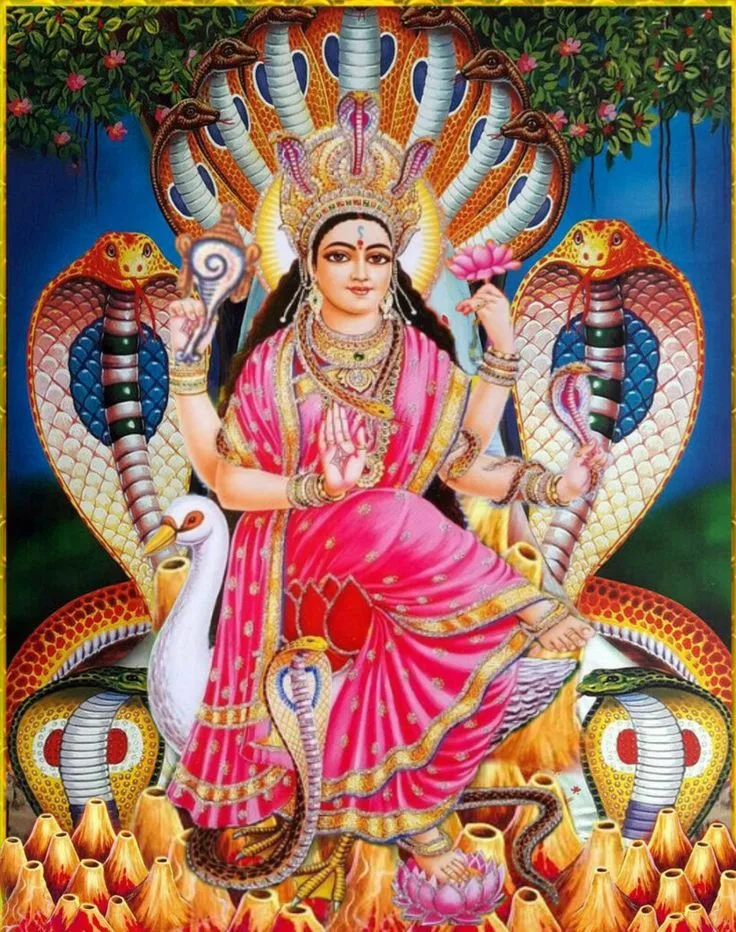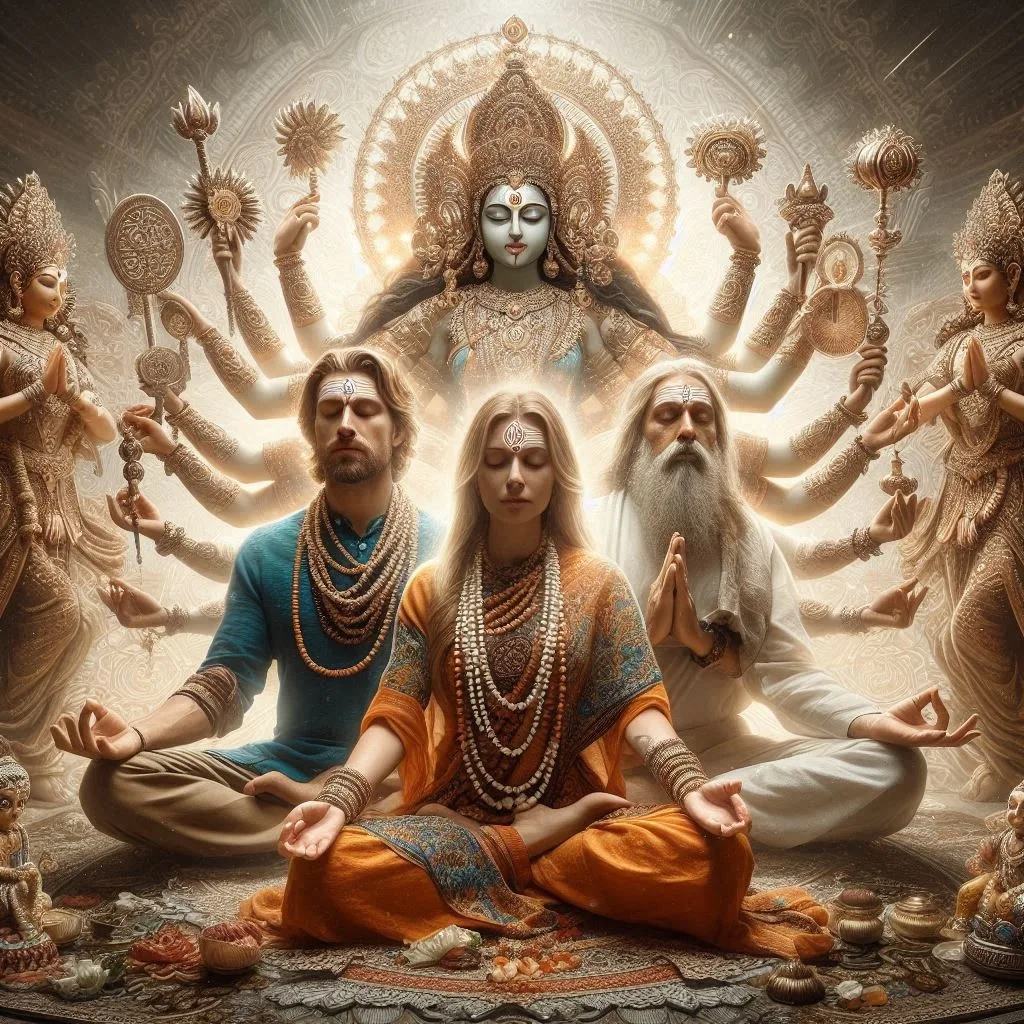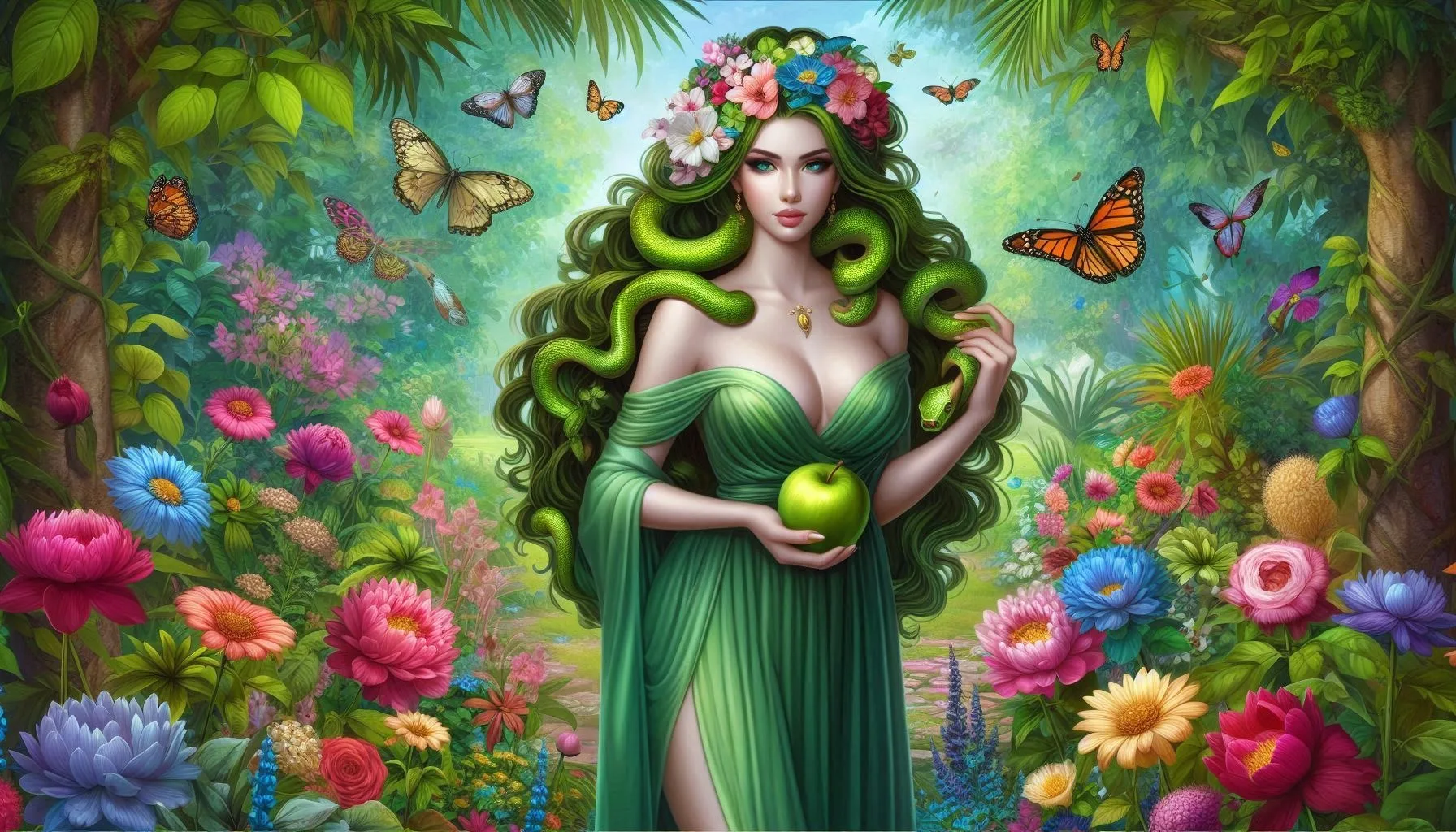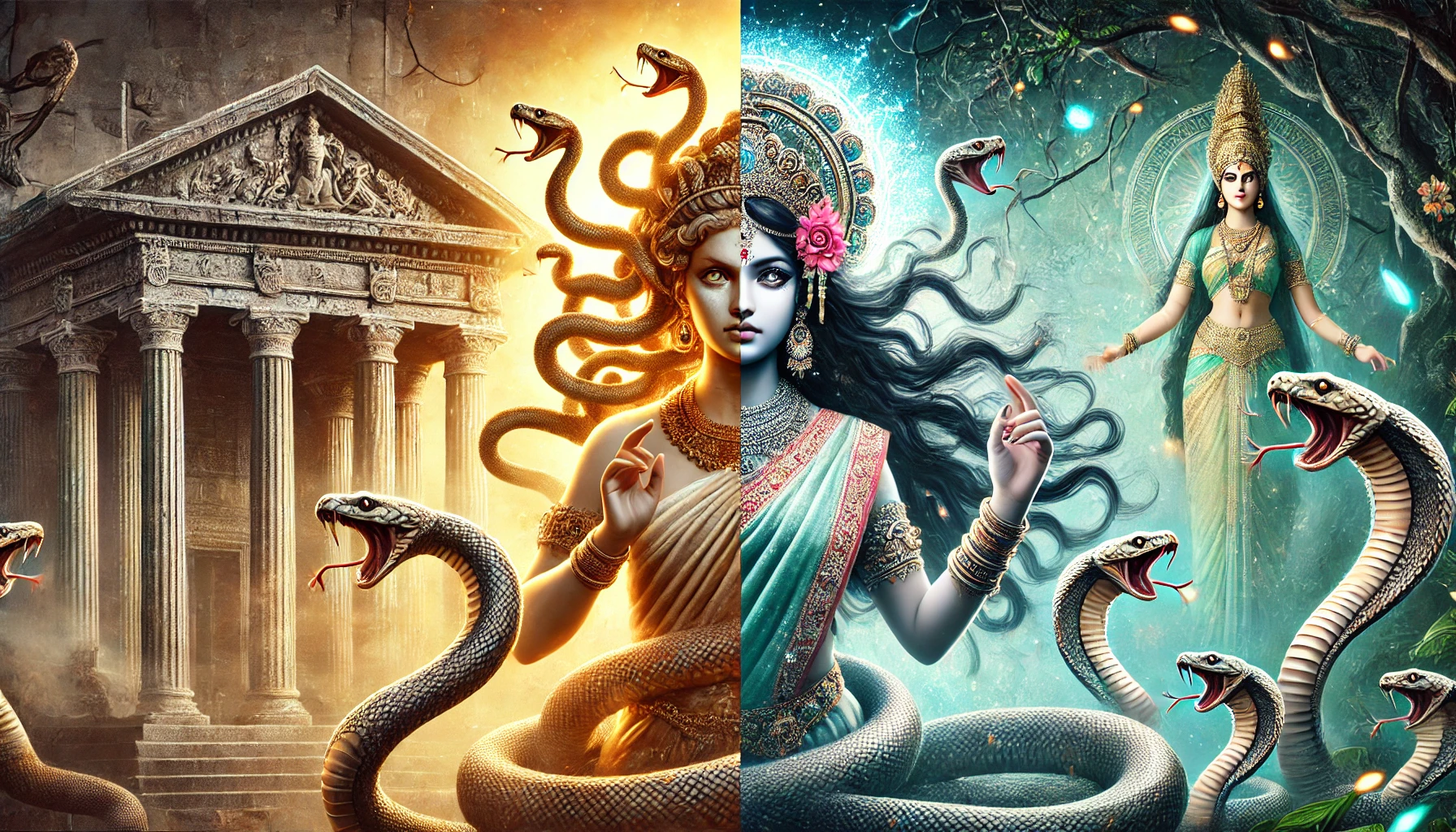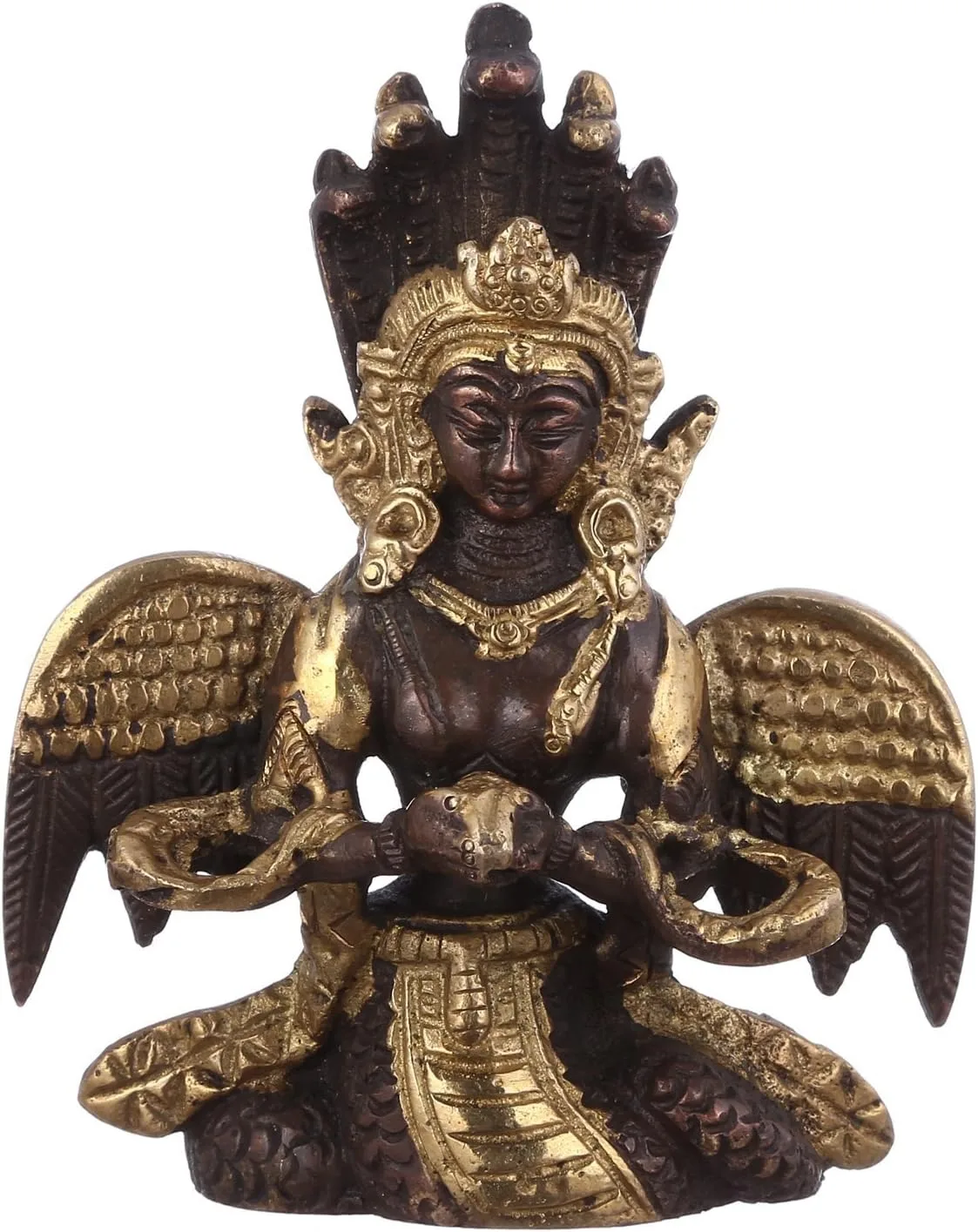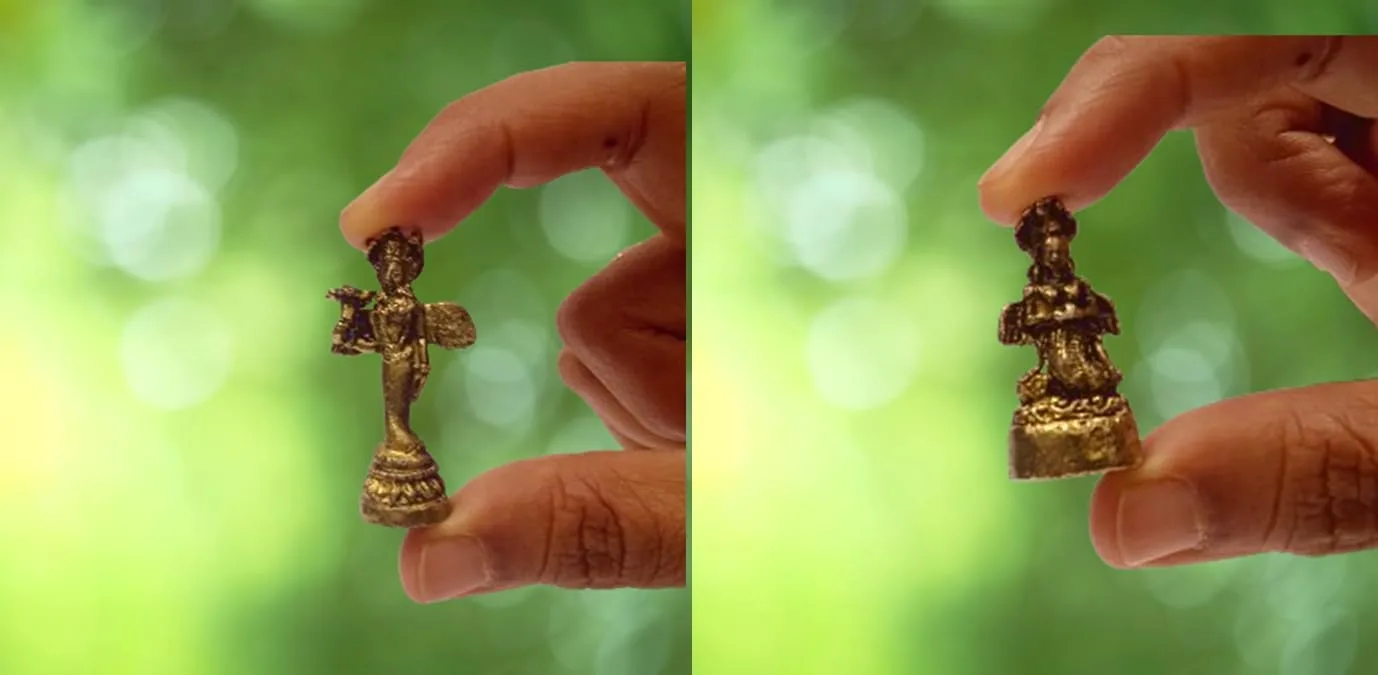Mythology has long been a means of understanding the world, offering insights into human nature, the cosmos, and the unknown. Ancient civilizations developed rich traditions, with gods, goddesses, and mythical beings playing key roles in religious and cultural practices. Despite the geographical distances and unique histories of Greek and Hindu cultures, there exist striking parallels between their mythological figures. This blog delves into the untold myths connecting two powerful female figures: Medusa from Greek mythology and Mansa Devi from Hindu tradition, exploring their symbolic connections, cultural significance, and deeper meanings.
Similarity in the names of Medusa and Mansa
In Greek culture the snake Goddess is been said as Medusa based on the back stories of fear and destruction, whereas in Indian Culture she is been said with respect and love where the snake Goddess is been said as Mansa Devi where “Devi” means powerful Deity who is the Goddess of Prosperity fertility and protection.
The Significance of Mythological Figures in Ancient Civilizations
Both Greek and Hindu civilizations revered mythological figures as embodiments of divine power. They shaped religious beliefs, rituals, and social structures. Central to many myths are feminine figures, often depicted as powerful, mysterious, and sometimes vengeful. Medusa and Mansa Devi, while originating from vastly different regions, share common traits, most notably their association with snakes, transformation, and the dual aspects of destruction and protection.
Medusa in Greek Mythology
Medusa, one of the three Gorgon sisters, is perhaps one of the most misunderstood figures in Greek mythology. Initially a beautiful woman, she was cursed by Athena, transforming her into a monstrous creature with snakes for hair and the power to turn anyone who looked at her into stone. This curse was a punishment after she was assaulted by Poseidon in Athena’s temple, marking Medusa’s transformation as one fueled by injustice. Her eventual beheading by the hero Perseus is one of the most well-known stories in Greek mythology, but Medusa’s complex nature as both victim and monster continues to be a point of discussion.
Mansa Devi in Hindu History
In Hinduism, Mansa Devi is revered as the goddess of snakes and fertility. She is said to have been born from Lord Shiva’s mind, symbolizing her divine connection. Mansa Devi’s primary role is to protect devotees from snake bites, a common danger in ancient India, and to bring fertility and prosperity. She is also known for her wrath towards those who refuse to worship her. Unlike Medusa, who was cursed, Mansa Devi ascended to godhood through her trials, eventually earning the respect and devotion of those who initially rejected her.
Comparing Medusa and Mansa Devi: Similarities in Symbolism
Although Medusa and Mansa Devi come from distinct mythological traditions, their symbolic connections are striking. Both figures are closely associated with snakes, creatures that symbolize duality in many cultures—embodying life and death, protection and destruction, and wisdom and danger.
Medusa’s snake-like hair represents both her curse and her power, a terrifying image that wards off enemies. Mansa Devi, on the other hand, controls snakes, protecting people from their venomous bite while symbolizing fertility and prosperity. In both cases, snakes are central to their identities, illustrating the complex roles these women play as both protectors and threats.
Feminine Power and Wrath in Mythology
Medusa and Mansa Devi represent the fierce aspects of feminine power. Medusa’s rage stems from her victimization and eventual transformation into a figure of terror. Her story is often viewed as a metaphor for the suppression and punishment of female autonomy in patriarchal societies. Her ability to turn men into stone symbolizes the fear and awe inspired by unrestrained feminine power.
Similarly, Mansa Devi’s wrath is linked to her demand for worship and recognition. She punishes those who do not honor her, especially those who disrespect her powers or deny her divinity. Her anger is not simply destructive; it is a righteous fury aimed at restoring balance and ensuring that her role is acknowledged and respected.
Both goddesses embody the concept of “wrathful protection” found in many mythological traditions, where feminine figures channel their anger to protect their followers or ensure justice.
Transformation and Redemption
Medusa’s transformation is one of the most famous in Greek mythology. From a beautiful woman to a feared monster, her journey is marked by suffering and loss. However, Medusa’s head, even after her death, continues to wield immense power, as Perseus uses it to defeat his enemies. Her story can be seen as a tale of tragic transformation, where beauty and innocence are sacrificed for survival and vengeance.
In contrast, Mansa Devi’s story is one of elevation and redemption. Born as a semi-divine figure, she struggled for acceptance and recognition among the gods and humans. Her persistence and power eventually led to her ascension as a full goddess. While Medusa’s transformation was a result of divine punishment, Mansa Devi’s journey is a quest for divine acknowledgment. Both stories, however, involve elements of struggle, growth, and the complex relationship between the divine and mortal worlds.
The Role of Snakes in Mythology
Snakes occupy a powerful place in both Greek and Hindu mythology. In Greek myths, snakes are often associated with chthonic (underworld) forces, representing death, danger, and protection. Medusa’s snake-like hair is a terrifying image, but also one that protects her from harm—until her encounter with Perseus.
In Hindu mythology, snakes (or Nagas) are seen as protectors of treasures and fertility. Mansa Devi, as the goddess of snakes, controls these serpentine beings, symbolizing her power over life, death, and wealth. Snakes in Hinduism are not only symbols of danger but also of rebirth and immortality, shedding their skin in a process that represents renewal.
In both mythologies, snakes serve as boundary creatures, linking the mortal and divine realms, the living and the dead. Their presence in the stories of both Medusa and Mansa Devi illustrates the interconnectedness of life and death, creation and destruction.
Cultural Interpretations of Medusa and Mansa Devi
The stories of Medusa and Mansa Devi have evolved over time, adapting to the changing cultural landscapes of their respective civilizations. In Greek culture, Medusa has often been portrayed as a symbol of female rage and victimhood, her story reinterpreted through feminist lenses in modern literature and art. Once a figure of fear, she is now viewed as an icon of female empowerment, representing the consequences of silencing and subjugating women.
In contrast, Mansa Devi remains an active part of Hindu religious practice. Her temples attract devotees seeking protection, fertility, and prosperity. Unlike Medusa, whose story is more static in popular culture, Mansa Devi’s myth continues to thrive in rituals, festivals, and prayers. She is revered as a benevolent goddess, albeit one whose anger can be fierce if provoked.
Religious and Cultural Influences on the Myths
The myths of Medusa and Mansa Devi did not emerge in isolation. There were significant historical connections between the Greek and Indian worlds, especially during the times of Alexander the Great’s conquest and the subsequent Greco-Indian cultural exchange. While direct evidence of mythological borrowing is scarce, it’s plausible that cultural exchanges influenced the development of parallel mythological themes.
Both civilizations placed a strong emphasis on the role of divine figures in protecting the natural world, as well as maintaining the balance between order and chaos. The recurring themes of serpents, feminine power, and divine wrath in both traditions suggest a shared cultural understanding of these symbols.
Cross-Cultural Connections in Ancient Myths
Beyond Medusa and Mansa Devi, there are many other examples of cross-cultural mythological connections. For instance, the Earth Mother figures in both Greek and Hindu traditions—Gaia in Greek mythology and Prithvi in Hinduism—both symbolize fertility and the nurturing aspects of the earth. Similarly, the concept of divine retribution and protection can be found across various ancient cultures, reflecting universal concerns about life, death, and morality.
These cross-cultural connections highlight the shared human experience, where myths serve as mirrors reflecting society’s values, fears, and hopes. Studying these parallels deepens our understanding of how different cultures approach similar existential questions.
Modern-Day Significance of Medusa and Mansa Devi
Today, Medusa has been reclaimed as a feminist symbol, representing women’s rage against injustice and oppression. Her story resonates in contemporary movements advocating for women’s rights and autonomy. Artists and writers have reimagined Medusa, not as a monster, but as a powerful figure demanding respect and recognition.
Mansa Devi, meanwhile, continues to play a vital role in Hindu spirituality. Devotees flock to her temples during festivals, particularly during the Navratri festival, to seek her blessings. Her relevance in modern Hinduism speaks to the enduring power of myth in shaping religious practice and community identity.
Exploring the Deeper Meanings of Mythological Parallels
The parallels between Medusa and Mansa Devi go beyond surface-level similarities. They speak to deeper themes of transformation, redemption, and the complex nature of feminine power. Both figures embody the duality of creation and destruction, protection and danger—forces that have shaped human societies for millennia.
By exploring these myths, we gain a better understanding of how ancient cultures viewed the world and the role of divine beings within it. Mythological comparisons also remind us of the interconnectedness of human belief systems, transcending geographical boundaries and historical epochs.
Manasa Devi Mantra Sadhana to fulfill your wishes
The Mansa Devi Mantra is believed to hold immense power in connecting devotees with the Goddess. By chanting this mantra with devotion 1008 times daily (minimum 108 times), it is said that Mansa Devi will listen to the innermost wishes of the heart and fulfill them accordingly.
This practice is usually more impactful when a devotee chants the Mantras counting the Rudrakshas in a Rudraksh Mala of 108 Rudrakshas, siting in front of the Idol of the Goddess Mansa Devi. It is believed that it helps to connect With the Goddess in more Powerful way beside just chanting the mantras with no Rudraksh mala and Idol.
How The Mantras Get Activated.
Lets understand how the Mantras get Activated. But first lets understand how Mantras came into existence in Sanatan Dharma .
Mantras were discovered and later distributed by The ancient sages of Sanatan Dharma. They used to meditate in the deep stage of Meditation at such a level that they would connect to the cosmic Akashic Records.
In the deep Meditation stage, Whenever they found some unique vibrations that connected them to Supreme power, they used to follow the pattern , decode it in the form of Mantras, which would again reproduce the same vibrations as they felt in that deep meditation stage whenever the Mantras would be chanted. Now these Mantras were designed in such a précised way that it would cross any barrier of Language and culture. which meant every person of the planet would take benefit from these Mantras that will help the devotee to connect with the supreme power.
Now lets understand how Mantras get Activated. Whenever a devotee chants the mantra for 108 times siting in a meditation position with full devotion, the Vibration from the Mantra creates a thin Layer of Invisible shield around the devotee. By Continuing chanting the mantras, the Invisible shield strengthens and helps the Devotee to purify there Aura. When the Aura of the devotee strengthens with the continues chants of Mantras and the pure devotion , Devotee automatically starts feeling an unexplainable connection with the supreme Power.
and when you start feeing this connection it will be the time when the Goddess will start listening to your wishes and desires, Be sure that your desire wont harm any one, it must only be focused on your betterment and self improvement, or she may get angry or punish you bringing obstacles in your life.
To perform the Mansa Devi mantra practice (sadhana), it is essential to energize the mantra first and recite it sincerely, asking for the blessings of the Mother Goddess to fulfill one’s wishes.
Devotees who engage in this spiritual practice with faith have often reported receiving blessings and achieving success in their endeavors.
Mantra :
Om Hreem Shreem Kleem Aim Mansa Devye Namha.
Conclusion
The myths of Medusa and Mansa Devi offer a fascinating glimpse into the rich tapestry of human storytelling. Despite originating in vastly different cultures, these two figures share symbolic similarities that reveal deeper truths about the nature of power, transformation, and the role of women in mythology. By examining these untold myths, we not only uncover the connections between Greek and Hindu traditions but also enrich our understanding of the shared human experience.
FAQs
-
How is Medusa portrayed in modern culture?
- Medusa has been reinterpreted as a feminist symbol in modern times, representing feminine power, transformation, and the consequences of patriarchal oppression.
-
What are the main myths surrounding Mansa Devi in Hinduism?
- Mansa Devi is associated with protecting devotees from snake bites, fertility, and prosperity. Her myths revolve around her demand for recognition and worship.
-
What is the common symbolism of snakes in Greek and Hindu mythology?
- Snakes symbolize fertility, regeneration, wisdom, and danger in both traditions, serving as powerful metaphors for life and death.
-
Is there evidence of cultural exchange between ancient Greece and India?
- Historical interactions, particularly during the time of Alexander the Great and subsequent Greco-Indian exchanges, suggest possible cultural influences between these regions.
-
How do the stories of Medusa and Mansa Devi relate to modern spirituality?
- Medusa’s story resonates with contemporary feminist movements, while Mansa Devi continues to be an important figure in Hindu worship, especially during festivals.
-
Where is Mansa Devi temple?
Here are few of the famous Temples of Mansa Devi
Also Read
“The Enigmatic Link Between the Bermuda Triangle and Hindu Mythology of Ramayan: Unveiling the Mystery”
why is mt. Kailash Considered to be a Sacred Site?
How Eastern Wisdom Can Transform Your Modern Life.
Lord Shani and Lord Yam : God of Karma for Living and Death
In which direction Ganesh Idol should face.
What is the logic for existence of God?
Who Is Mahadev Shiv ?
How to increase love for Krishna?
Hanuman Chalisa English Lyrics| Bhajle Ram Naam | Prashyant Jha
Readers usually buy
Serpent Snake Goddess Nag Kanya Mansa Devi, Brass Statue
Miniature Statue Set Goddess Nag Kanya Mansa Devi
